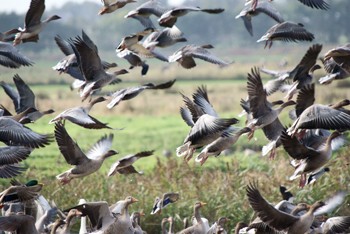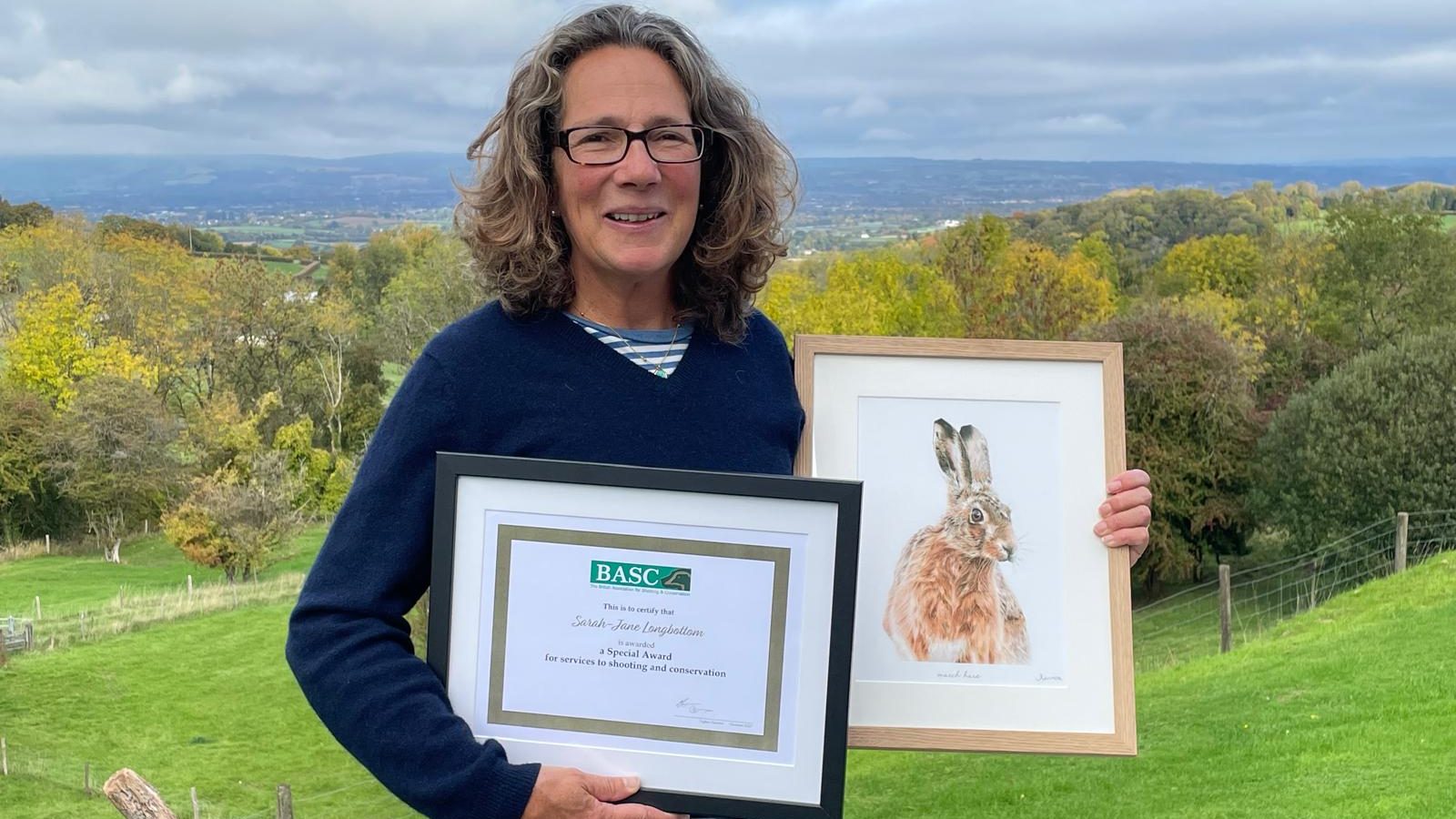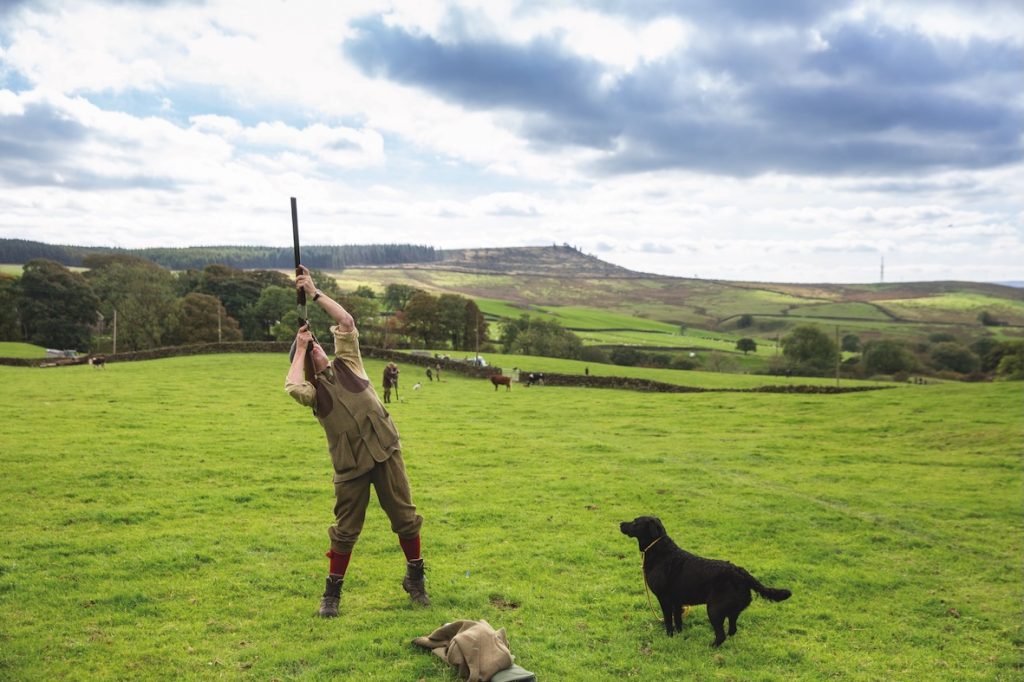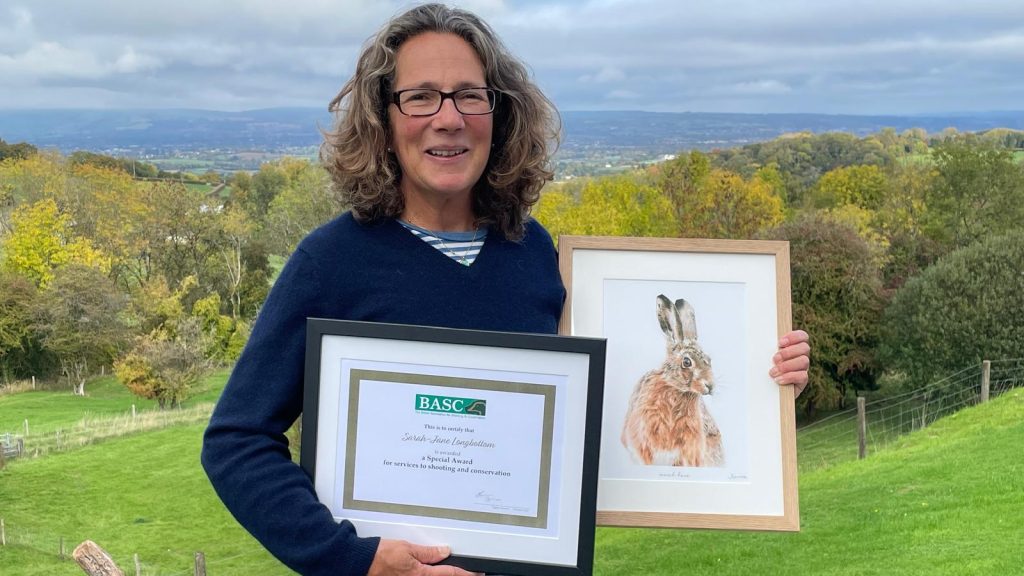Win CENS ProFlex DX5 earplugs worth £1,149 – enter here
Bird-diverters installed to save migrating birds
<strong>Special diverters have been installed in Lancashire to prevent birds colliding with power lines</strong>

More than 150 special bird-diverters have been installed in Lancashire, with the aim of preventing geese and swans from dying when they collide with power lines. The project will research whether the diverters, which are attachments to the lines that should help to make them visible to birds in flight, are effective.
The research, a partnership between Electricity North West, Lancaster University and the Wildfowl & Wetlands Trust (WWT), will also look at how agriculture, landscape and weather affect the birds’ flight. The study area is around Martin Mere, in Lancashire, where 30,000 pink-footed geese and 2,500 whooper swans overwinter.
Dr Eileen Rees, head of UK waterbird conservation for the WWT, said: “Tens of thousands of migratory geese and swans make the UK’s wetlands their winter homes. Collisions with power lines are a major cause of death for them, so the WWT is delighted to be working with Electricity North West to make Lancashire, and the UK as a whole, a safer place for them. Through this innovative partnership, we aim to gather evidence for solutions that work in our modern landscape.
The rest of this article appears in the 4th September issue of Shooting Times.
What is YOUR opinion?
Join other ST readers in our forums to discuss your views.
Like this article? Mark this page on a social bookmarking website…
Related Articles
Get the latest news delivered direct to your door
Subscribe to Shooting Times & Country
Discover the ultimate companion for field sports enthusiasts with Shooting Times & Country Magazine, the UK’s leading weekly publication that has been at the forefront of shooting culture since 1882. Subscribers gain access to expert tips, comprehensive gear reviews, seasonal advice and a vibrant community of like-minded shooters.
Save on shop price when you subscribe with weekly issues featuring in-depth articles on gundog training, exclusive member offers and access to the digital back issue library. A Shooting Times & Country subscription is more than a magazine, don’t just read about the countryside; immerse yourself in its most authoritative and engaging publication.







